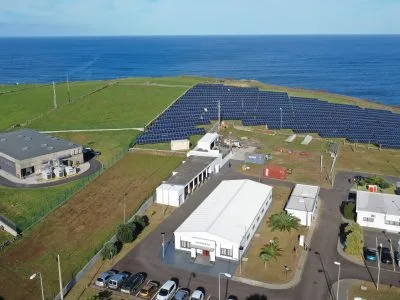Cost Effective Ways To Power Grid
A well-designed combination of wind power, solar power and storage in batteries and fuel cells would nearly always exceed electricity demands while keeping costs low, the scientists found.
“These results break the conventional wisdom that renewable energy is too unreliable and expensive,” said co-author Willett Kempton, professor in the School of Marine Science and Policy in UD’s College of Earth, Ocean, and Environment.
“The key is to get the right combination of electricity sources and storage—which we did by an exhaustive search—and to calculate costs correctly.”
The authors developed a computer model to consider 28 billion combinations of renewable energy sources and storage mechanisms, each tested over four years of historical hourly weather data and electricity demands. The model incorporated data from within a large regional grid called PJM Interconnection, which includes 13 states from New Jersey to Illinois and represents one-fifth of the United States’ total electric grid.
One of several new findings is that a very large electric system can be run almost entirely on renewable energy.
In this study, reliability was achieved by: expanding the geographic area of renewable generation, using diverse sources, employing storage systems, and for the last few percent of the time, burning fossil fuels as a backup.
During the hours when there was not enough renewable electricity to meet power needs, the model drew from storage and, on the rare hours with neither renewable electricity or stored power, then fossil fuel.
When there was more renewable energy generated than needed, the model would first fill storage, use the remaining to replace natural gas for heating homes and businesses and only after those, let the excess go to waste.
The study used estimates of technology costs in 2030 without government subsidies, comparing them to costs of fossil fuel generation in wide use today. The cost of fossil fuels includes both the fuel cost itself and the documented external costs such as human health effects caused by power plant air pollution.
The projected capital costs for wind and solar in 2030 are about half of today’s wind and solar costs, whereas maintenance costs are projected to be approximately the same.
If you want to know more about this and other topics directly from end users of energy storage technologies join us at one of these annual events: The Energy Storage World Forum (Grid Scale Applications), or The Residential Energy Storage Forum, or one of our Training Courses.



